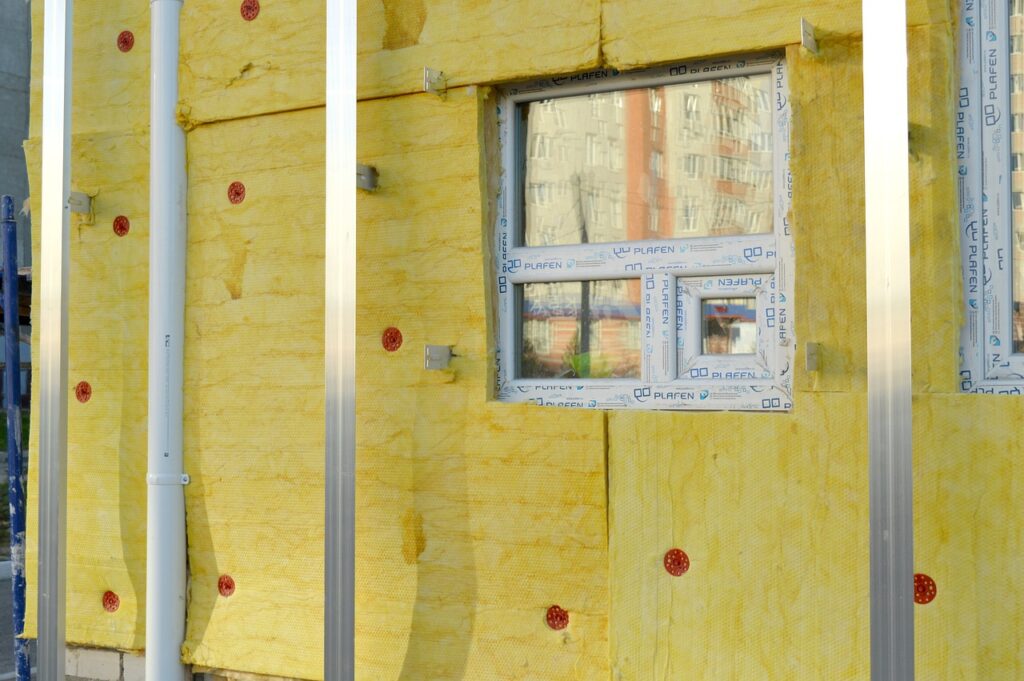Creating an Energy-Efficient Home: A Comprehensive Guide to Effective Insulation
In our quest for sustainable living and sound environmental practices, one term often thrown around is ‘energy efficiency.’ But what exactly does it entail, and why is it of such paramount importance to the average homeowner?
More to the point, how does home insulation factor into this equation? This article aims to shed light on these questions, providing a comprehensive guide to effective insulation and its role in creating an energy-efficient home.
Understanding Energy Efficiency
Energy efficiency, in a nutshell, involves reducing unnecessary energy use by employing less energy to provide the same service. For instance, swapping out an old incandescent light bulb for a new LED one can result in an identical amount of light output for a fraction of the energy.
Energy efficiency carries implications beyond reducing your energy bills. By using less energy, we decrease the demand for energy production, reducing the strain on our planet’s finite resources and curbing greenhouse gas emissions.
Insulation: The Unsung Hero of Energy Efficiency
One vital component of energy efficiency that’s often overlooked is insulation. Insulation works by slowing the rate of heat transfer, keeping your home warm in the winter and cool in the summer. In essence, it acts as a barrier, preventing the loss of heated or cooled air from your living space, thereby reducing the load on your heating and cooling systems.
Types of Insulation: Materials and Methods
There’s a wide variety of insulation materials available, each with their unique strengths and potential applications. These include, but are not limited to, fibreglass, cellulose, and spray foam.
Fibreglass, typically seen as pink or yellow batting, is a common choice due to its affordability and versatility. Cellulose, made from recycled paper, is an eco-friendly choice that provides excellent resistance to air movement.
Spray foam, while more expensive, offers exceptional insulative properties and can be applied in hard-to-reach areas, making it ideal for comprehensive coverage.
The method of insulation installation depends on the material and the specifics of the home. Some common methods include blanket (batt and roll), loose-fill, and spray foam insulation. Each method has its own set of advantages and is best suited to different areas of the home.
The Financial Aspect: Cost-saving Benefits of Quality Insulation
Installing quality insulation in your home isn’t merely an environmental statement; it’s a smart financial move. By reducing the amount of energy needed to heat and cool your home, insulation can significantly reduce your energy bills. Over time, the savings on these bills can recoup the initial investment in insulation, leading to net savings.
Choosing the Right Insulation for Your Home
When selecting insulation, several factors need to be taken into consideration. These include your local climate, the age and construction of your home, and the area of your home that requires insulation. Additionally, it’s important to consider the R-value, a measure of thermal resistance, of the insulation material. The higher the R-value, the better the material insulates.
Professional Expertise: The Key to Optimal Insulation
While understanding the basics of insulation is essential, the installation process is best left to the professionals. Proper installation is critical for insulation to work effectively.
n expert can assess your home and recommend the best insulation type and method to maximise energy efficiency. For example, Usher Insulation, a well-established company in the field, offers bespoke insulation services backed by years of experience.
Beyond Energy Efficiency: Other Benefits of Proper Insulation
While energy efficiency is the primary benefit of good insulation, it offers several other advantages as well. Insulation helps to maintain a consistent temperature throughout your home, enhancing overall comfort.
It can also act as a sound barrier, reducing noise transmission between rooms or from outside. Furthermore, insulation helps reduce the carbon footprint of your home, contributing to environmental preservation.
Harnessing Renewable Energy
As we further strive for energy efficiency, the use of renewable energy sources becomes increasingly attractive. Solar panels, for instance, can be a worthwhile investment.
These systems harness the sun’s energy to generate electricity for your home, reducing reliance on the grid. With the advent of battery storage systems, excess power generated can be stored for use during the night or cloudy days.
Wind turbines, though less common for individual homes due to space requirements and initial costs, can be an excellent source of renewable energy in wind-prone areas.
Additionally, consider switching to a green energy supplier that sources a significant proportion of its energy from renewable sources. This can further help reduce the carbon footprint of your home.
Smart Thermostats and Energy-Efficient Appliances
Advancements in technology have provided us with a host of new ways to save energy. Smart thermostats, for example, allow precise control over your home’s heating and cooling systems. These devices can learn your daily routines and adjust the temperature accordingly, ensuring energy isn’t wasted heating or cooling an empty home.
Replacing old appliances with energy-efficient models is another effective way to save energy. Look for appliances with the Energy Star label, which meet strict energy efficiency guidelines set by the government.
Conclusion
In conclusion, proper insulation plays a vital role in creating an energy-efficient home. Not only does it help to save money on energy bills, but it also improves comfort, reduces noise, and contributes to a healthier environment. Whether you’re building a new home or looking to improve an existing one, it’s worth investing in quality insulation and professional installation to reap these benefits.


No comments yet. Be the first!